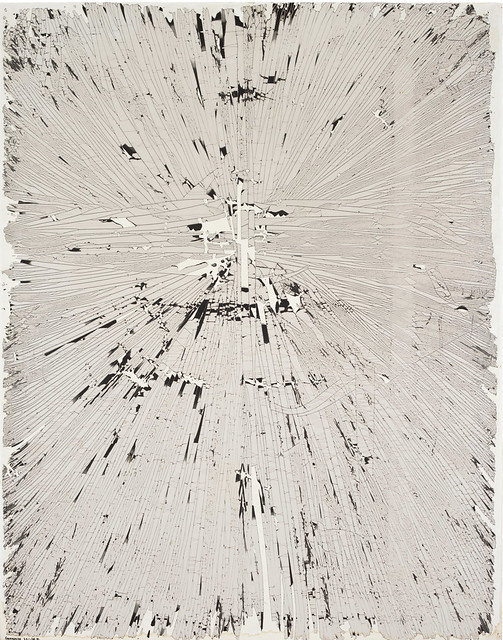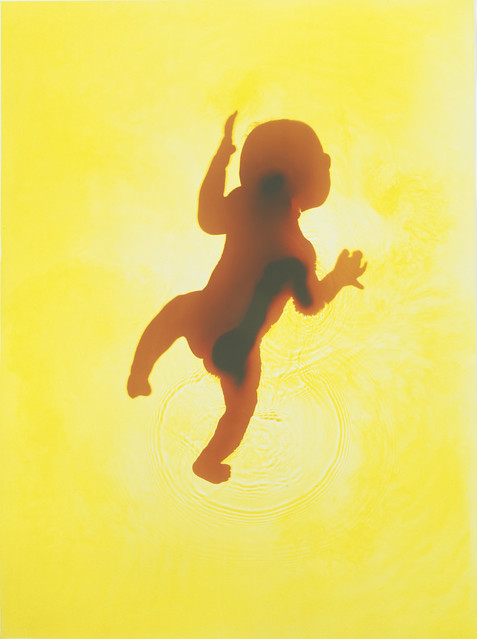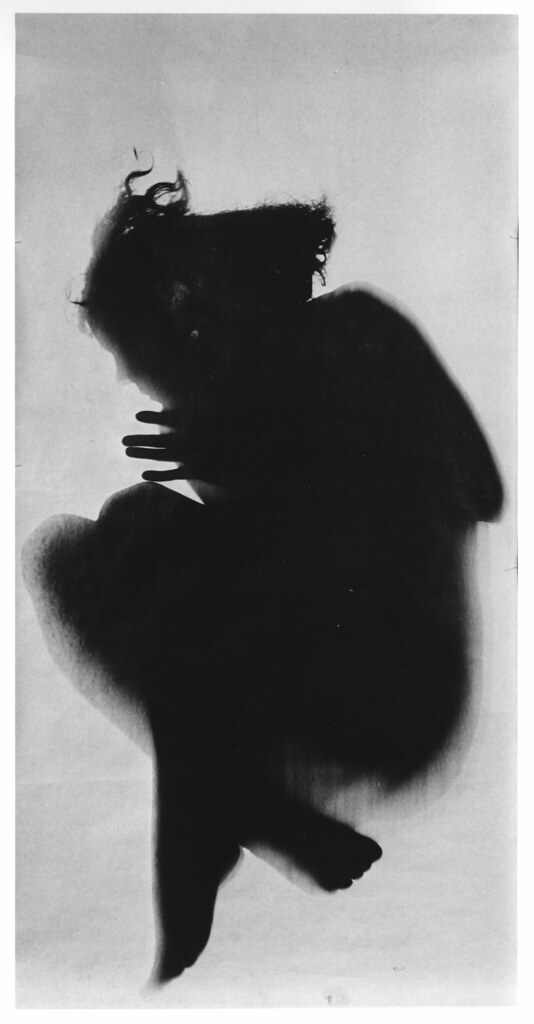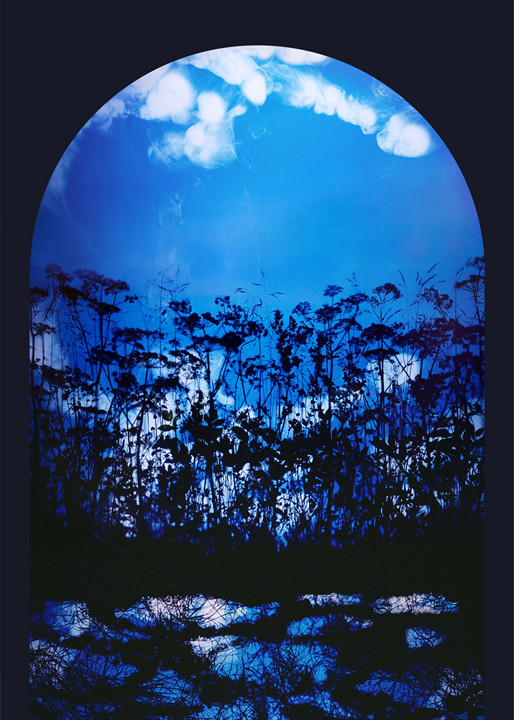Shadow Catchers: Camera-less Photography
V&A Museum
13.10.2010-20.02.2011
Technology changes the face of our world, and it only accelerates in the post-millennium world we all live in. What's new today would be out in a matters of months or even weeks. New techniques and media emerge all the time which bring artists countless possibilities to explore & re-invent their works.
Since the arrival of digital cameras, film cameras and polaroids have fallen into victims of the 'fastfood' generation - everything has to be fast, instant and hassle-free. It doesn't need to be perfect, but it has to be seen. It is the Zeitgeist. So do you remember how people capture what they see before cameras exist?
Well, you may say paintings. Yes, you know it because there's a National Portrait Gallery in Trafalgar Square. But there is something between paintings and photos from cameras - well technically photos can only be taken by cameras, is it? Not really...

The Night Cell (2010) by Garry Fabian Miller
© Garry Fabian Miller / Courtesy of Hackel Bury Fine Art London
Given a light sensitive surface, which is what a photo paper really is, photography - capturing objects from 3D to 2D - can be done without an actual piece of camera. It is not a new technique, but most people probably don't think it is practised any more nowadays, not to mention having an exhibition. V&A Musuem has devoted its prime exhibition space right next to its main entrance to this show, to recall people's memory of how wonderful and admirable this technique is.

Chemigram 25/1/66 V (1966) by Pierre Cordier
© Pierre Cordier
The show features works of 5 contemporary artists (they're not called 'photographers' in the official publications) - Garry Fabian Miller, Pierre Cordier, Adam Fuss, Floris Neusüss and Susan Derges. Although they all make photos without a camera, their photos look very different from each other's.

Invocation (1992) by Adam Fuss
© Courtesy of Adam Fuss / V&A Images
These photos cannot give you the HD crystal clear view of the subjects like the snapshots on your iphone, but they give you more by showing less - just as what Mies van der Rode said. The viewers are free to interpret what the photos are about, what the artist is trying to capture, and what exactly has been captured. It is a process which you cannot accelerate - you would need to spend time looking at each of them, instead of flipping them through your finger on the ipad screen.

Körperfotogramm (1962) by Floris Neusüss
© Courtesy of Floris Neusüss
The museum has prepared a short clip for each artist (as embedded in this post) to provide more background to the viewers how they create each photograph and why they would do it in his/her own way. It is like magicians revealing the secret - you can see how these beautiful images are made. And perhaps you will be inspired after seeing the show.

Arch 4 (summer) (2008) by Susan Derges
© Courtesy of Susan Derges / V&A images
Location -
*****
Further Readings -
Page: Official page of the exhibition in V&A's website
Page: Interview with Floris Neusüss by Lucy Davies for the Telegraph, 08.10.2010
Page: "Pigment, Light and Film" on Garry Fabian Miller by the Stride Magazine, 02.2007
Page: Artist's profile of Adam Fuss at Timothy Taylor Gallery's website
Page: Interview with Susan Derges by Andrew Pulver for the Guardian, 20.10.2010
Page: Official site of Susan Derges
Page: Official site of Pierre Cordier